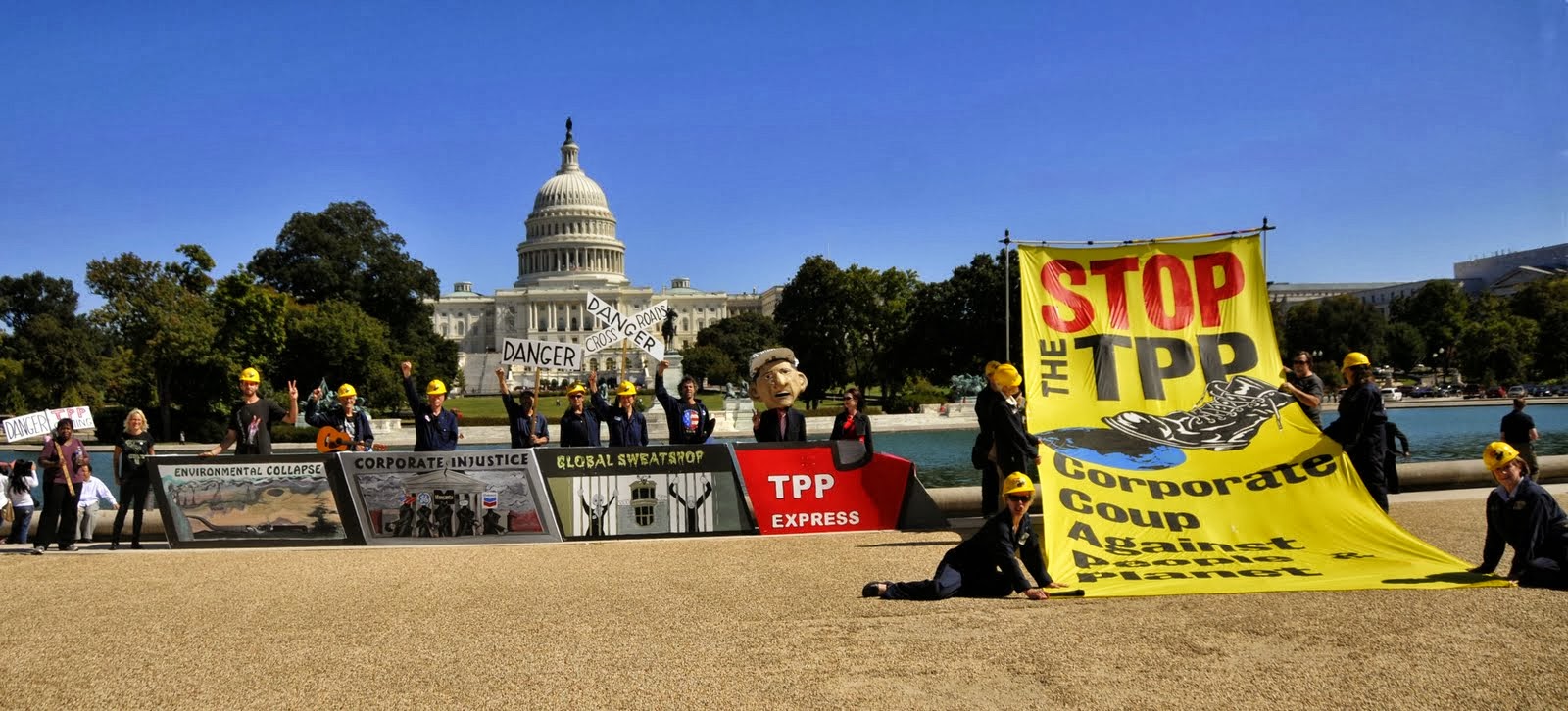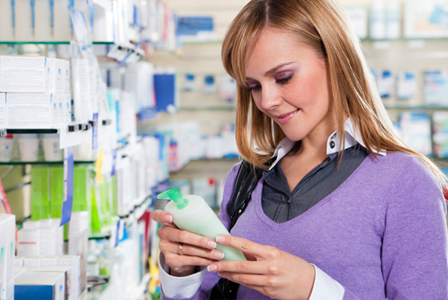Today, I'm in a really bad mood; a REALLY bad mood. So I thought I'd channel my emotions into a post about how toxic chemicals drive up health care costs and how the chemical industry continues to lie to the public. As I stated in a
previous post, our health care system, here in the U.S., is based on treatment, not prevention.
We already know that chemicals can lead to cancers, allergic reactions, act as irritants, and neurotoxins, and endocrine disruptors (chemicals that mimic or antagonize our body's hormone system). According to a recent report from
Safer Chemicals Healthy Families (SCHF):
- Leukemia, brain cancer, and other childhood cancers have increased by more than 20% since 1975.
- Breast cancer went up by 40% between 1973 and 1998.
While breast cancer rates have declined since 2003, a woman’s lifetime
risk of breast cancer is now 1 in 8, up from 1 in 10 in 1973.
- Asthma prevalence approximately doubled between 1980 and 1995 and has stayed at the elevated rate.
- Difficulty in conceiving and maintaining a pregnancy affected 40%
more women in 2002 than in 1982. The incidence of reported difficulty
has almost doubled in younger women ages 18–25.
- Since the early 1990s, reported cases of autism spectrum disorder have increased tenfold.
Those are some pretty expensive conditions, aren't they? Also in the SCHF report:
- 133 million people in the U.S.— almost half of all Americans — are
now living with chronic diseases and conditions, which now account for
70% of deaths and 75% of U.S. health care costs.
- Even if chemical policy reform leads to reductions in toxic
chemical exposures that translate into just a 0.1% reduction in of
health care costs, it would save the U.S. health care system an
estimated $5 billion every year.
Unfortunately, the companies that make these chemicals have the ear of many in Congress, through their lobbying dollars. They have been able to set up front groups, like the
American Chemistry Council to widely promote their message and they have been able to convince the public that they need these chemicals to maintain their current level of comfort and lifestyle.
Let's look at bisphenol A (BPA), a synthetic estrogen, designed to be a pharmaceutical, it was replaced by
diethylstibestrol (DES). BPA went on to become an ingredient in many plastics, including baby bottles until consumers demanded the estrogenic endocrine disruptor be taken out of several products. Well, BPA has been removed, but it has been replaced with bisphenol S (BPS). BPS degrades more slowly than BPS, so it remains in the "BPA-free" product longer and it's also estrogenic and toxic.
However, according to industry, BPA is safe and necessary for modern life. Take a look their website,
Facts About BPA and see what they have to say about products that are "BPA-free."
Myth: If I buy a BPA free product, is it safer?
Reality: Materials
used in contact with food or beverages in the U.S. are evaluated for
safety by the federal Food and Drug Administration. The FDA has recently
stated that BPA, used to make polycarbonate plastic and epoxy resins,
is safe for currently approved uses in food containers and packaging.
“Free of” claims on food packaging have nothing to do with FDA’s
safety determination. “Free of” claims are frequently used for
advertising purposes to signal the absence of a chemical or material.
Note that the Federal Trade Commission has specifically cautioned that
“free-of claims may deceive consumers by falsely suggesting that … the
marketer has ‘‘improved’’ the product by removing the substance.”
- See more at: http://www.factsaboutbpa.org/bpa-safety/myths-realities#sthash.tSfvhgCf.dpuf
Reality: Materials used in contact with food or beverages in the U.S. are
evaluated for safety by the federal Food and Drug Administration. The
FDA has recently stated that BPA, used to make polycarbonate plastic
and epoxy resins, is safe for currently approved uses in food
containers and packaging.
“Free of” claims on food packaging have nothing to do with
FDA’s safety determination. “Free of” claims are
frequently used for advertising purposes to signal the absence of a
chemical or material. Note that the Federal Trade Commission has
specifically cautioned that “free-of claims may deceive consumers
by falsely suggesting that … the marketer has ‘‘improved’’
the product by removing the substance.”
Interesting, since in this case, "BPA-free" means "replaced with BPS." Even more interesting is the "Contact Us" page that shows that the American Chemistry Council is behind the site.
I for one and sick of industry having more influence than scientists and consumers. How about you?
Reality: Materials
used in contact with food or beverages in the U.S. are evaluated for
safety by the federal Food and Drug Administration. The FDA has recently
stated that BPA, used to make polycarbonate plastic and epoxy resins,
is safe for currently approved uses in food containers and packaging.
“Free of” claims on food packaging have nothing to do with FDA’s
safety determination. “Free of” claims are frequently used for
advertising purposes to signal the absence of a chemical or material.
Note that the Federal Trade Commission has specifically cautioned that
“free-of claims may deceive consumers by falsely suggesting that … the
marketer has ‘‘improved’’ the product by removing the substance.”
- See more at: http://www.factsaboutbpa.org/bpa-safety/myths-realities#sthash.tSfvhgCf.dpuf
Myth: If I buy a BPA free product, is it safer?
Myth: If I buy a BPA free product, is it safer?
Reality: Materials used in contact with food or
beverages in the U.S. are evaluated for safety by the federal Food and
Drug Administration. The FDA has recently stated that BPA, used to make
polycarbonate plastic and epoxy resins, is safe for currently approved
uses in food containers and packaging.
“Free of” claims on food packaging have nothing to do with FDA’s
safety determination. “Free of” claims are frequently used for
advertising purposes to signal the absence of a chemical or material.
Note that the Federal Trade Commission has specifically cautioned that
“free-of claims may deceive consumers by falsely suggesting that … the
marketer has ‘‘improved’’ the product by removing the substance.”
- See more at: http://www.factsaboutbpa.org/bpa-safety/myths-realities#sthash.tSfvhgCf.dpuf
Myth: If I buy a BPA free product, is it safer?





























